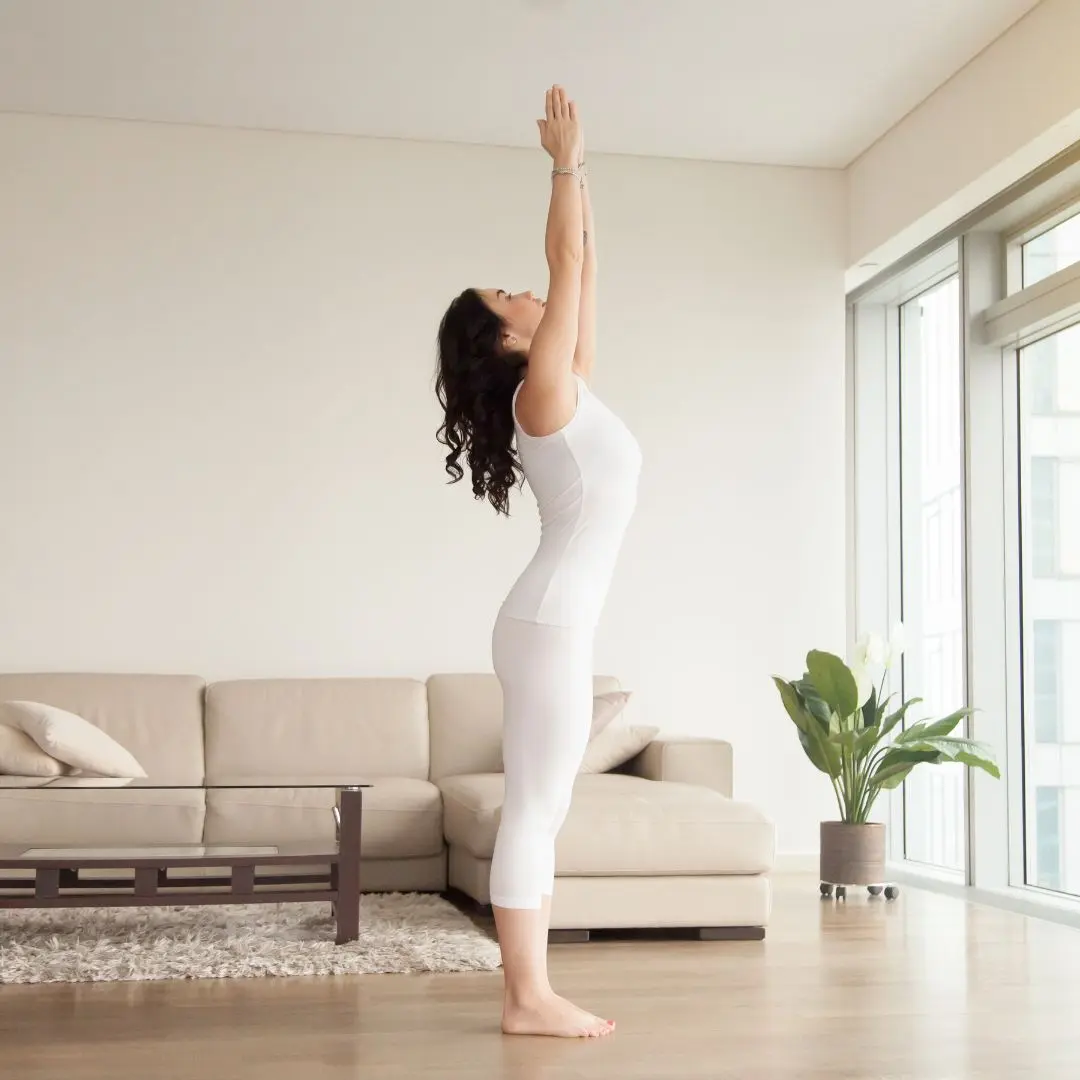Yoga is a holistic practice that offers numerous benefits for both physical and mental well-being.

Blog
Yoga for High BP: Effective Poses and Practices for Blood Pressure Management
Yoga is a holistic practice that offers numerous benefits for both physical and mental well-being. When it comes to managing high blood pressure (BP), incorporating yoga into your routine can be highly beneficial. In this guide, we'll explore effective yoga poses and practices for blood pressure management.
High BP, or hypertension, is a common condition characterized by elevated blood pressure levels. If left untreated, high BP can increase the risk of serious health problems, including heart disease, stroke, and kidney failure. Lifestyle changes, including regular exercise and stress management techniques like yoga, can help manage high BP.
Yoga offers a holistic approach to health that addresses both the physical and mental aspects of well-being. Regular practice of yoga has been shown to lower blood pressure, reduce stress levels, improve circulation, and promote overall cardiovascular health. By incorporating yoga into your routine, you can effectively manage high BP and reduce the risk of associated health complications.
Mountain Pose is a foundational yoga pose that helps improve posture, balance, and focus. To practice Mountain Pose, stand tall with your feet hip-width apart, arms relaxed at your sides, and shoulders rolled back. Engage your core muscles and imagine yourself rooted firmly into the ground, like a mountain.
Forward Fold is a calming yoga pose that stretches the hamstrings, back, and spine while also promoting relaxation. Begin in Mountain Pose, then exhale as you hinge forward at the hips, keeping your spine long and chest reaching toward your thighs. Allow your head to hang heavy and relax your neck.
Downward-Facing Dog is a dynamic yoga pose that strengthens the arms, shoulders, and legs while also lengthening the spine and relieving tension. Start on your hands and knees, then lift your hips toward the ceiling, straightening your arms and legs to create an inverted V shape with your body.
Child's Pose is a gentle yoga pose that promotes relaxation and stress relief while also stretching the back, hips, and thighs. Begin on your hands and knees, then sink your hips back toward your heels as you extend your arms forward and lower your forehead to the mat.
Mindful breathing techniques, such as deep belly breathing and alternate nostril breathing, can help calm the nervous system, reduce stress, and lower blood pressure levels. Practice these techniques regularly to promote relaxation and improve overall cardiovascular health.
Gentle flowing sequences, such as Sun Salutations or Moon Salutations, can help increase circulation, improve flexibility, and reduce tension in the body. Flowing through these sequences mindfully can promote relaxation and reduce stress, leading to lower blood pressure levels over time.
Restorative yoga focuses on deep relaxation and passive stretching, making it an ideal practice for managing high BP. Supported poses, gentle stretches, and guided relaxation techniques help release tension, calm the mind, and promote overall well-being.
To reap the benefits of yoga for high BP management, aim to practice regularly, ideally several times a week. Start with gentle poses and practices, gradually increasing intensity and duration as your strength and flexibility improve. Remember to listen to your body and modify poses as needed to ensure comfort and safety.
While yoga can be a valuable complement to conventional medical treatments for high BP, it's essential to consult with a healthcare professional before starting any new exercise regimen, especially if you have pre-existing health conditions. They can provide personalized recommendations based on your individual health needs and ensure safe and effective blood pressure management.
Yoga offers a holistic approach to managing high BP, addressing both the physical and mental aspects of well-being. By incorporating yoga poses and practices into your routine, you can effectively lower blood pressure levels, reduce stress, and promote overall cardiovascular health. Whether you're a beginner or an experienced practitioner, yoga can be a valuable tool for managing high BP and improving your quality of life.
High BP, or hypertension, is a common condition characterized by elevated blood pressure levels. If left untreated, high BP can increase the risk of serious health problems, including heart disease, stroke, and kidney failure. Lifestyle changes, including regular exercise and stress management techniques like yoga, can help manage high BP.
Downward-Facing Dog is a dynamic yoga pose that strengthens the arms, shoulders, and legs while also lengthening the spine and relieving tension. Start on your hands and knees, then lift your hips toward the ceiling, straightening your arms and legs to create an inverted V shape with your body.
While yoga can be a valuable complement to conventional medical treatments for high BP, it's essential to consult with a healthcare professional before starting any new exercise regimen, especially if you have pre-existing health conditions. They can provide personalized recommendations based on your individual health needs and ensure safe and effective blood pressure management.
Need Personalized Health Guidance?
Get expert advice tailored to your specific health needs from our qualified healthcare professionals.





